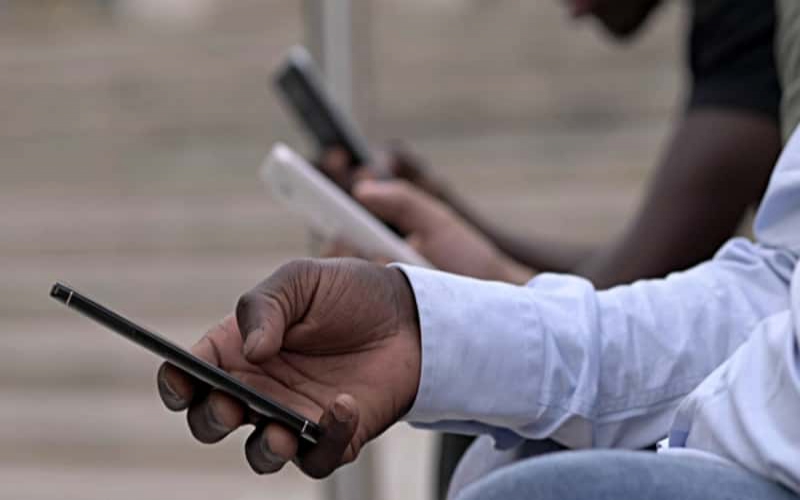×
The Standard e-Paper
Home To Bold Columnists

Every second, Safaricom processes six transactions or 492,480 overdraft requests per day to bail out borrowers.
Safaricom now processes about six loan applications on its Fuliza loan product per second, making it a profit machine for the region’s most profitable company.